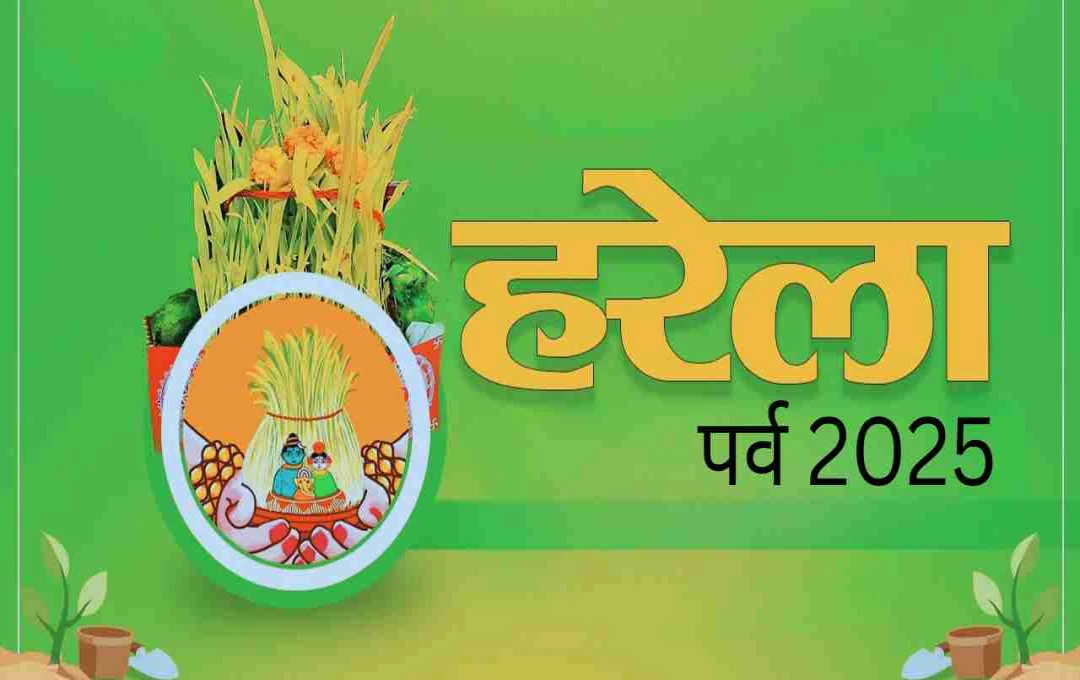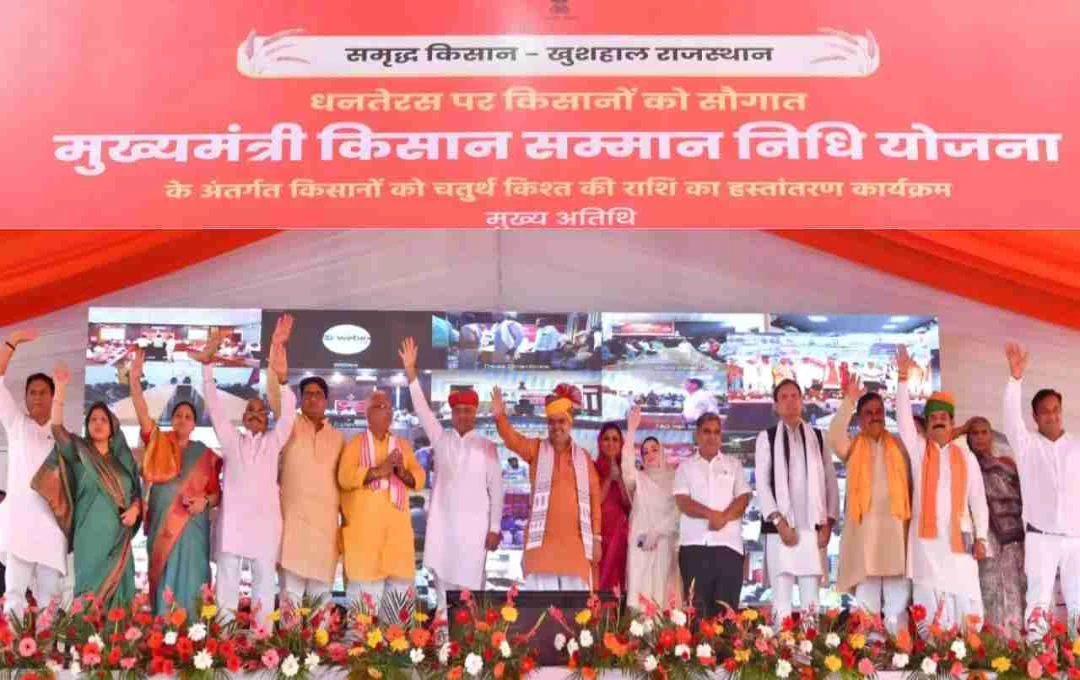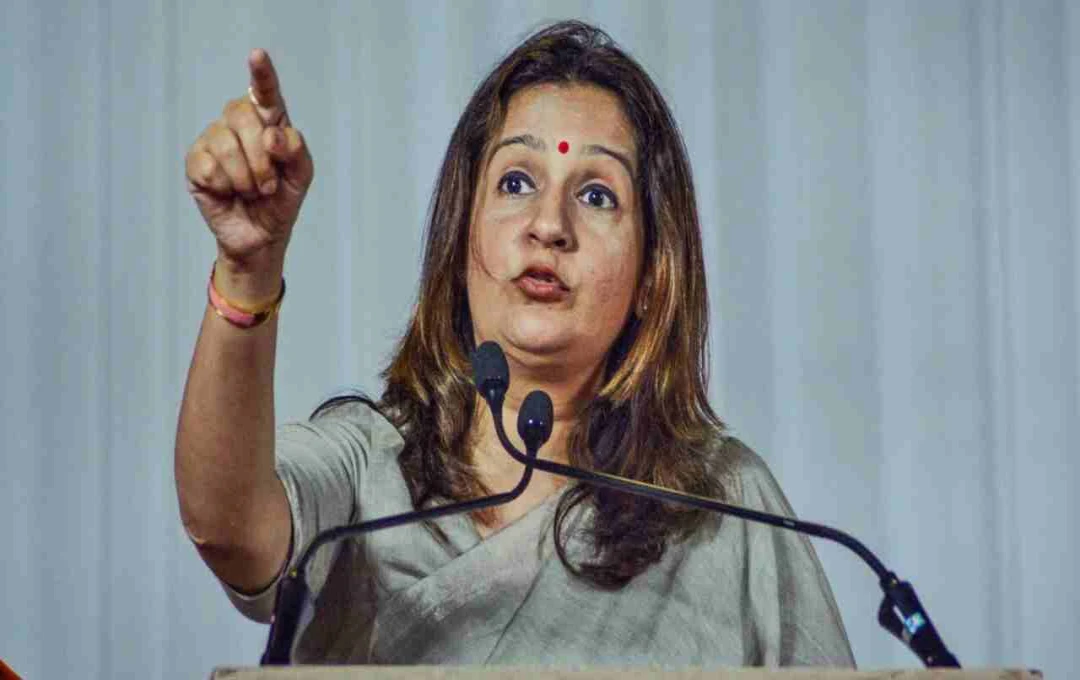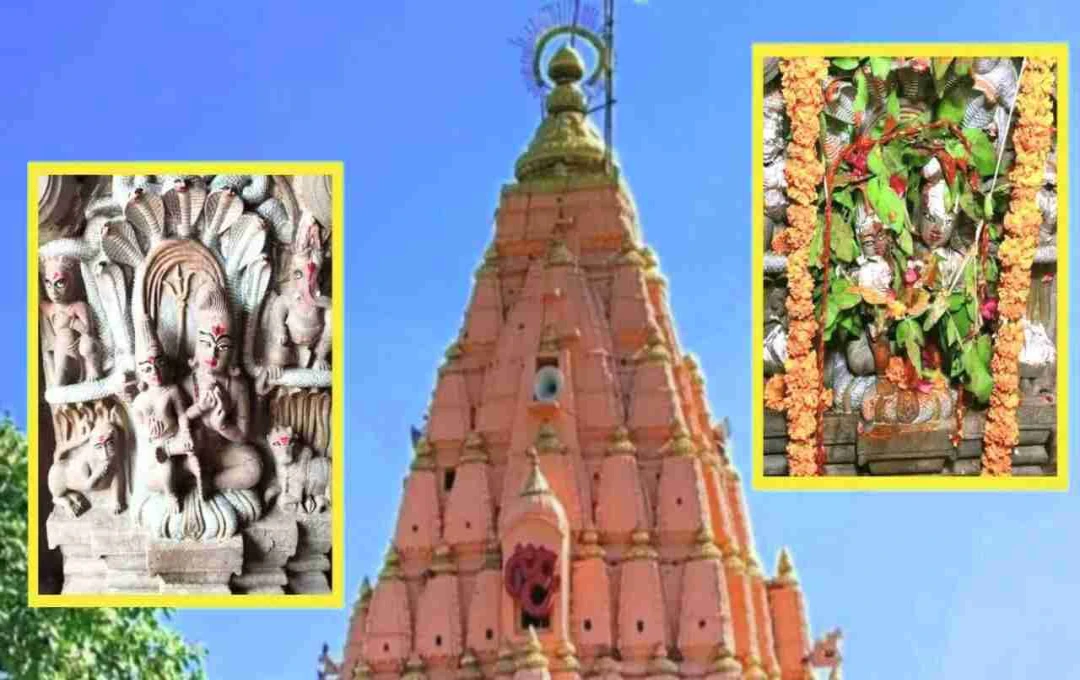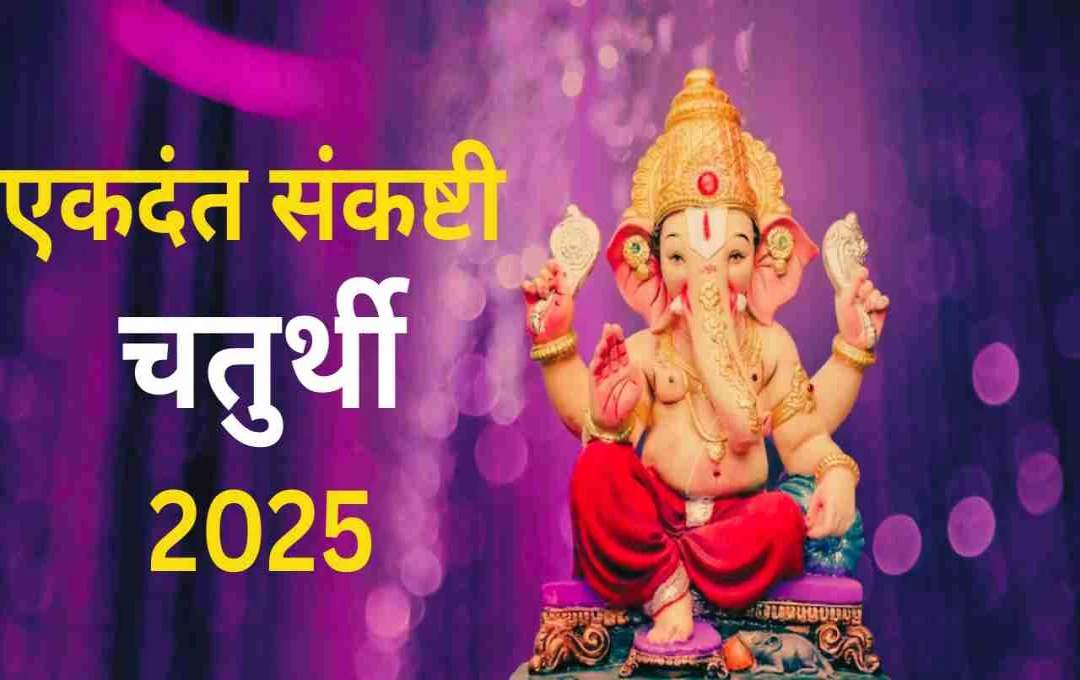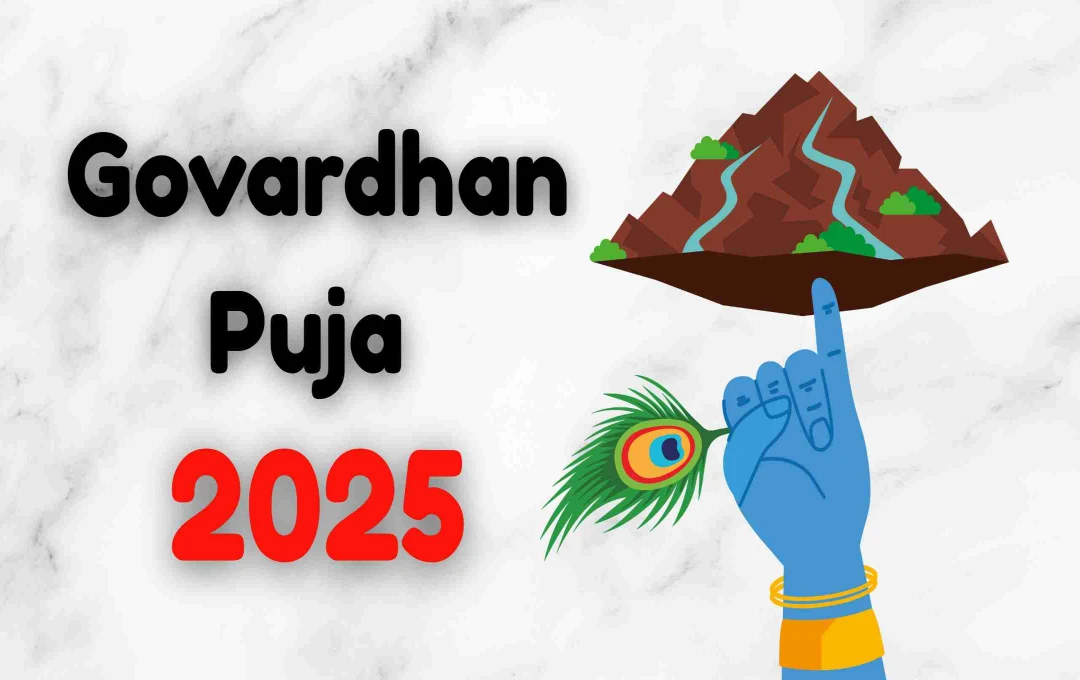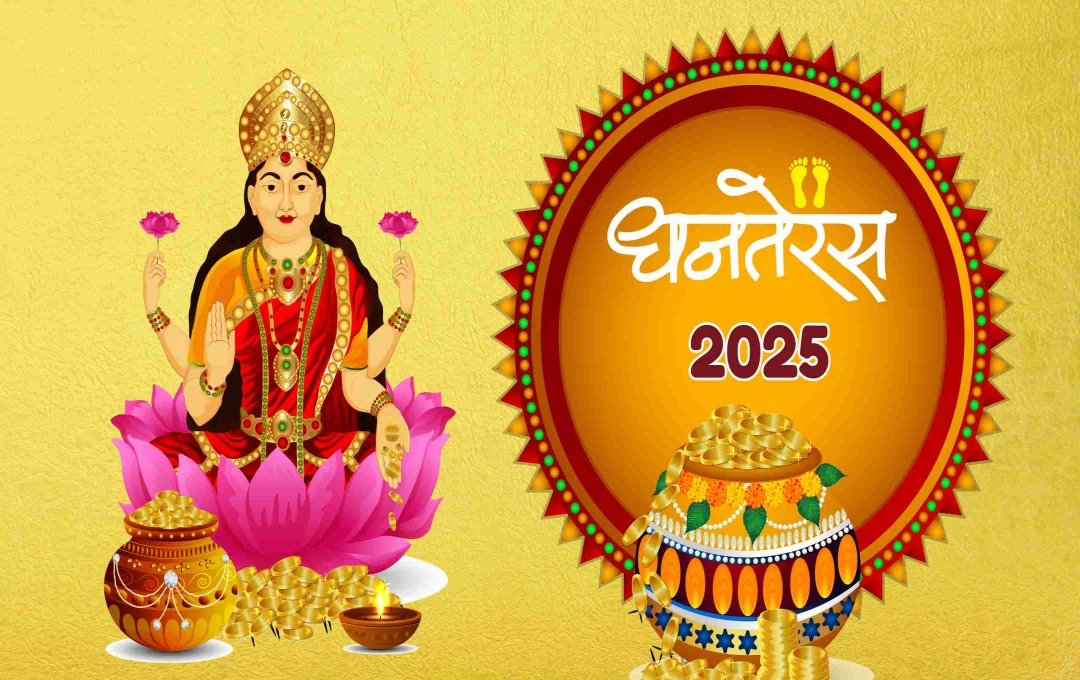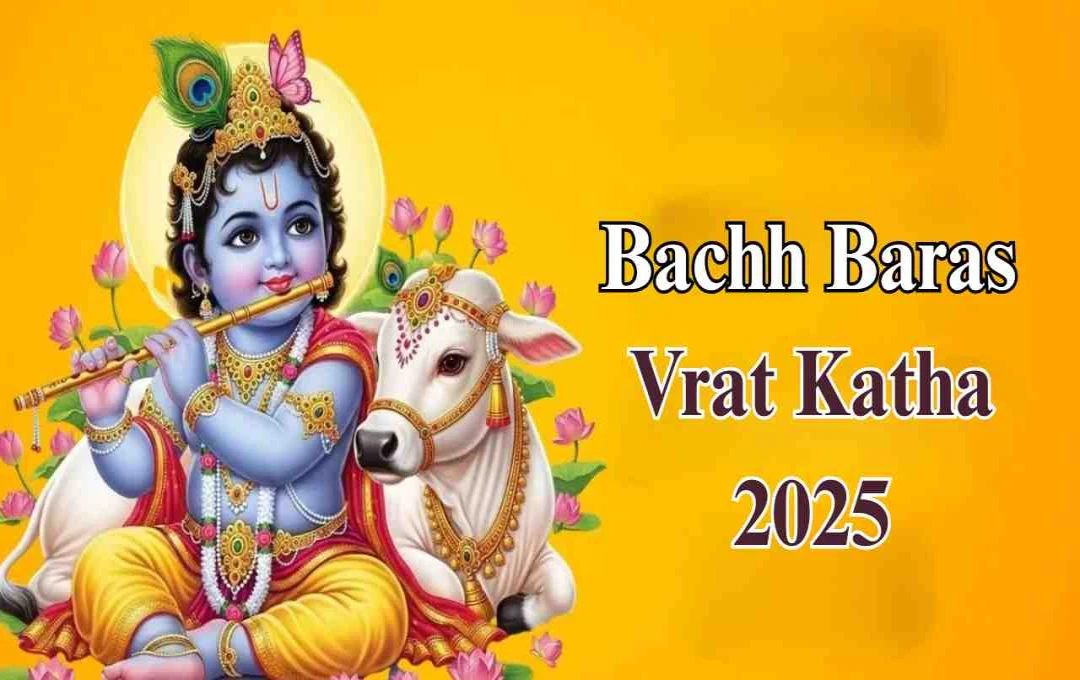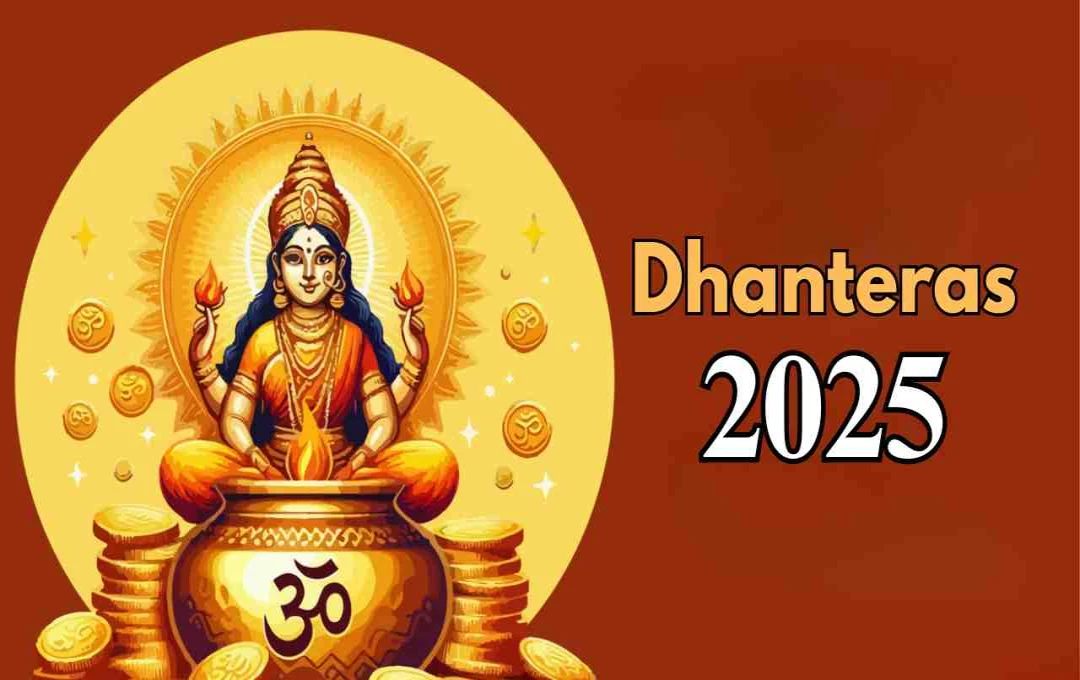Today, the Harela festival is being celebrated with great enthusiasm in the Kumaon region of Uttarakhand. This traditional festival brings an atmosphere of joy and reverence to the people with the onset of the Sawan month. Greenery in the fields, worship in homes, and traditional dishes in the courtyards have made the Harela festival a cultural identity of Devbhoomi.
What is the meaning of the word Harela?
The word 'Harela' is derived from the Hindi word "Hariali," which signifies the prosperity of nature, the beginning of new crops, and connection with the environment. This festival is considered a symbol of the earth's fertility and the welcoming of the monsoon. In Uttarakhand, especially in the villages and towns of the Kumaon region, Harela is celebrated with great zeal.
How the preparations for Harela begin
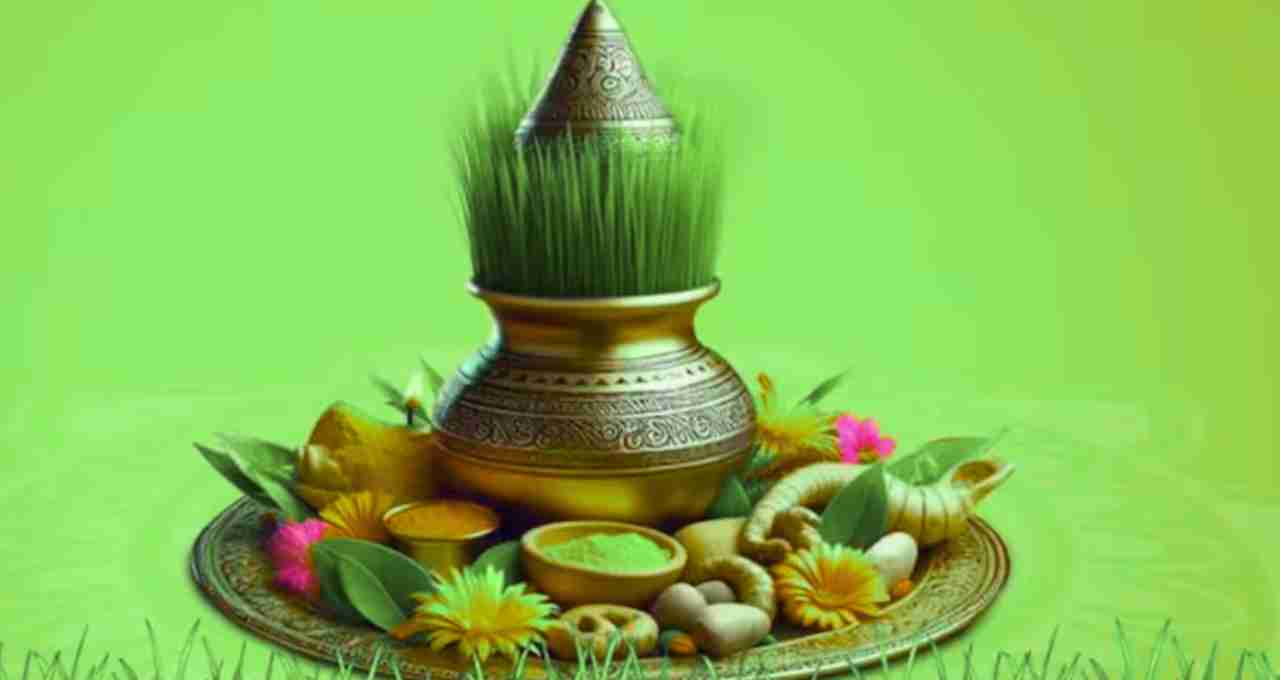
The Harela festival begins nine days in advance, when seeds like barley, corn, paddy, and wheat are sown in a basket in the courtyard or temples. These seeds are placed in traditional baskets made of mud or cow dung and are watered daily. On the tenth day, when these seeds sprout and become green, they are called 'Harela'.
Special worship of Lord Shiva and Parvati takes place
Harela festival also has a religious aspect. On this day, special worship of Lord Shiva and Mother Parvati is performed. In many places, idols of Shiva-Parvati are made of clay and offered water, flowers, bel leaves, and grains. After this, the Harela plants are offered to the Lord and then given to the family members.
Harela festival is associated with environmental conservation
Harela is not just a religious or cultural festival, but it is also a symbol of respect for nature and the environment. On this day, tree plantation is done in many parts of Uttarakhand. From villages to cities, schoolchildren, youth, and the elderly all plant trees together and take a pledge to protect the environment. This festival gives the message to the people to connect with the earth and cherish the greenery.
Special dishes are made on Harela
Traditional food also plays a special role on the day of the Harela festival. On this occasion, traditional Pahari dishes like Pua, Kadhi, Bhatt ki Churkani, Arbi patta pakora, Mandwa roti, and Kheer are made in homes. Eating together with the whole family is considered the most special tradition of this festival.
A festival of love and unity in the family and society
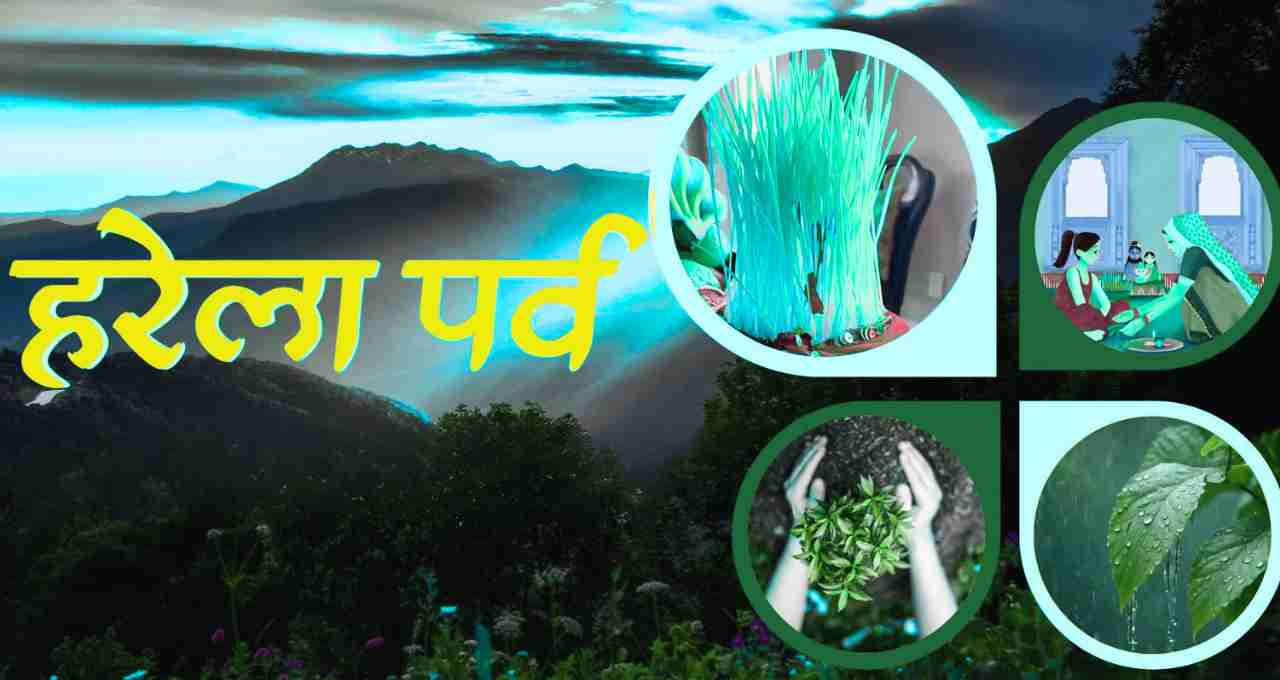
The Harela festival is also considered a symbol of social unity and family bonding. On this day, people meet each other, take blessings, and strengthen their relationships. Neighbors, relatives, and villagers sit together to eat and share the joys of the festival.
Special importance in the Kumaon region
The Harela festival is celebrated especially in the Kumaon region of Uttarakhand. Here, this festival is associated with the cycle of farming. Along with the arrival of the rainy season, this festival is also seen as a welcome to the new crop. Farmers celebrate this festival as a way to express gratitude to Mother Earth and to pray for a good harvest.
The tradition is returning to urban areas as well
In recent years, this festival has not been limited to rural areas only. Urban families are now also starting to celebrate the Harela festival with traditional rituals. Schools, NGOs, and institutions teach children how to sow seeds, grow Harela, and plant trees. This develops a sense of environmental sensitivity and respect for culture in children.
